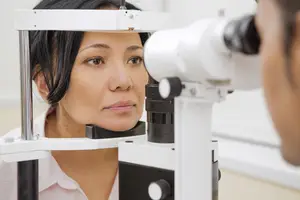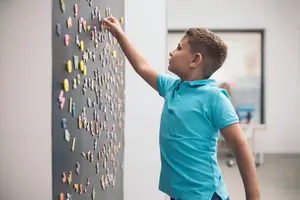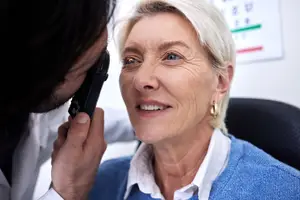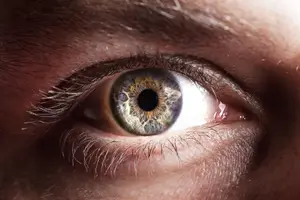Bettner Vision provides vision care for children, teens, and adults, offering routine eye exams, specialty services, and medical eye care in one familiar setting. Our team focuses on clear communication and steady support.
Comprehensive Eye Care in Colorado Springs
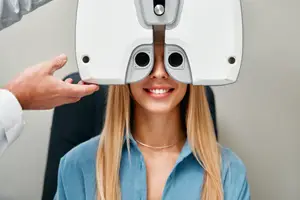
A Patient-First Approach to Eye Health
With decades of combined experience, our eye doctors approach each exam and service with careful attention to detail, clear communication, and a focus on long-term eye health.
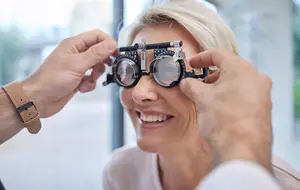



Routine & Preventive Vision Care
Bettner Vision offers comprehensive evaluations for patients of all ages, assessing how well the eyes see, work together, and support daily activities.
For children and teens, exams also assess developmental and functional visual skills that may influence learning and classroom comfort. Each visit provides clear, practical insight into your vision needs and any appropriate next steps.
Medical & Specialty Eye Care
Our optometrists in Colorado Springs provide a range of medical and specialty eye care services designed to address comfort and long-term vision needs.
Dry eye evaluations include a detailed review of the tear film and eyelids, with treatments selected according to your specific type of dryness.
Patients experiencing screen-related discomfort receive guidance on managing digital eye strain to support clearer, more stable vision throughout the day.
Vision therapy programs help improve focusing, tracking, and eye teaming for reading, learning, or performance-related concerns.
For children and teens with progressing nearsightedness, myopia management options such as ortho-k, MiSight®, and atropine are used to help slow prescription changes over time.
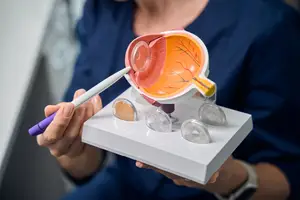
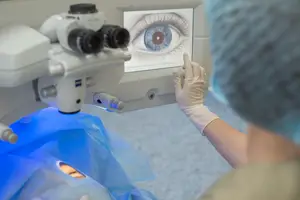
Medical Eye Condition Management & Surgical Co-Management
We provide ongoing care for many common eye conditions, including glaucoma, diabetic eye disease, macular changes, dry eye, and other ocular surface concerns, coordinating with local specialists as needed to maintain continuity of care.
For patients undergoing cataract or refractive procedures, the practice offers pre- and post-operative co-management, reviewing clinical findings, monitoring healing, and communicating with the surgeon so care remains organized and connected across providers.

